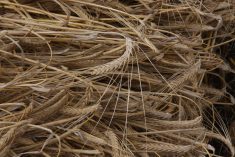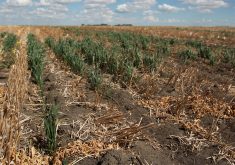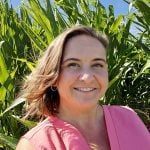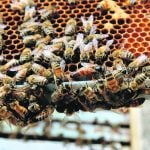The link, if any, between seed-borne fusarium and fusarium head blight is poorly understood, but experts recommend that seed infected with fusarium should not be sown in areas free of the disease.
This is especially true if it is infected with F. graminearum, the most important species causing fusarium head blight.
“It is known that, in addition to potential poor emergence and the development of seedling blight, seed-borne infections can lead to pathogen buildup in the soil and head infections in subsequent years,” said Penny Pearse, plant disease specialist with Saskatchewan Agriculture.
Read Also
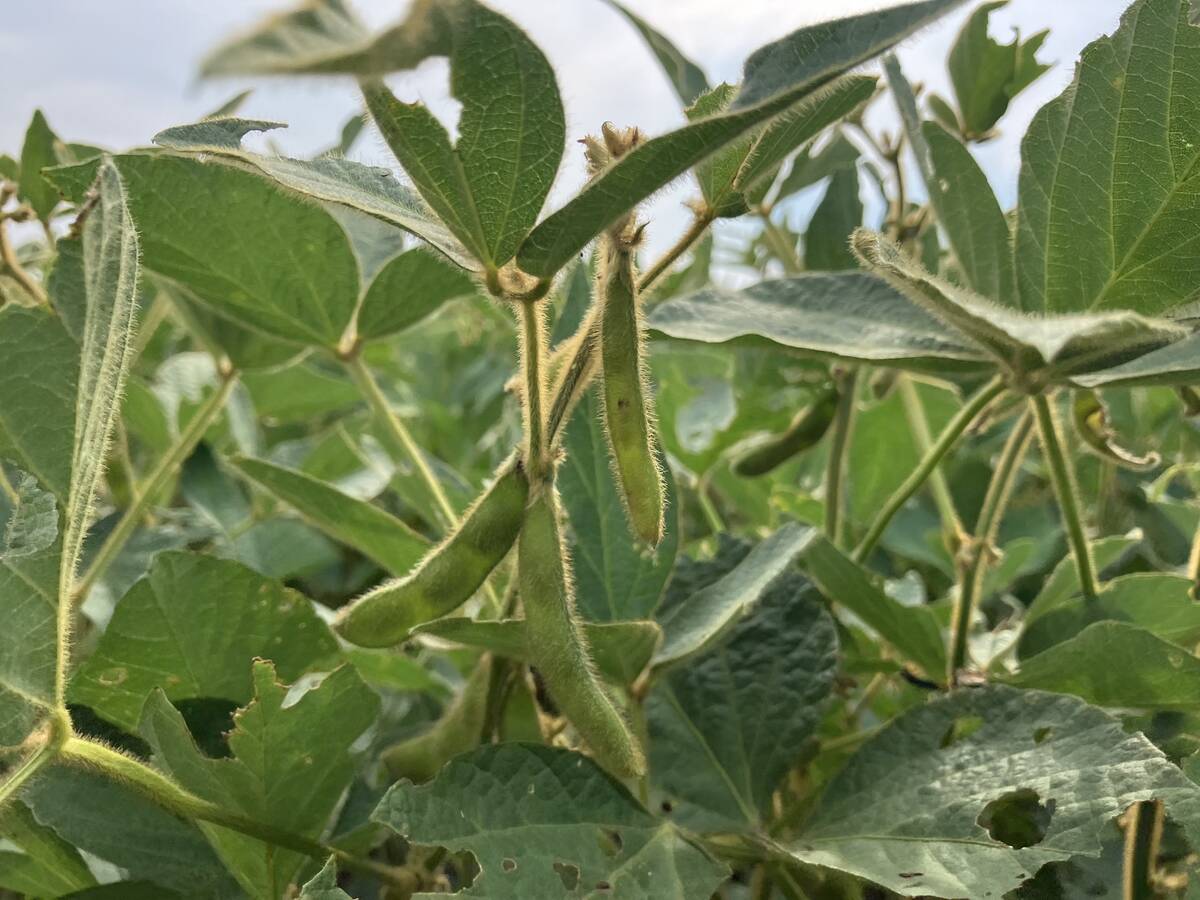
U.S. loses out on sales of soybean to China
U.S. soybean exporters risk missing out on billions of dollars worth of sales to China this year as trade talks drag on and buyers in the top oilseed importer lock in cargoes from Brazil.
Disease experts advise that growers in disease-free areas avoid using seed from places known to have F. graminearum, unless it has been tested and is known to be of acceptable quality.
Seed treatments are recommended, even though research on their effectiveness to control seed-borne fusarium in the field is not yet complete.
Seed treatments also provide protection against a variety of other seed or soil-borne pathogens.
Seed produced in regions where F. graminearum is already established, such as southeastern Saskatchewan, can be sown in that region.
Seed with up to five percent of unidentified fusarium species infection should be safe to plant as long as the infection is not F. graminearum.
At five percent seedling blight becomes a significant problem and seed with these higher levels of infection should be treated and tested for strong germination.
“Do not plant F. graminearum-infected seed in areas of the province where this pathogen has not been found, such as the south-west and western parts of the province,” she said
If this is unavoidable, ensure the infected seed is treated.
Saskatchewan’s dry climate should keep the disease from reaching epidemic proportions, but it is here to stay and its spread should not be encouraged by human activities.
Besides using clean seed, an integrated management approach includes crop rotation with a non-cereal crop for a minimum of one year. A rotation with a non-cereal crop, however, may not help reduce fusarium head blight infection if grassy weeds or adjacent cereal fields are infected. A rotation with corn can increase fusarium head blight.





